What Makes Good Tinder For A Fire?
When I was a child, the best part of camping for me (aside from playing in the dirt and catching crayfish from the stream) was the elusive campfire.
It’s when all our pyro tendencies kick in full gear, waiting for the flames to light up our basecamp so we can start building smores for the night.
Building a fire isn’t one of the most important survival skills out there—it’s “the” most important skill.
Whether you’re out camping, overlanding, or in any situation that puts you in the midst of the Great Outdoors, knowing how to build your own fire can take you a long way, aiding you in every situation from wanting to boil water or cook food to simply having a lovely night roasting marshmallows in the fire, under the stars.
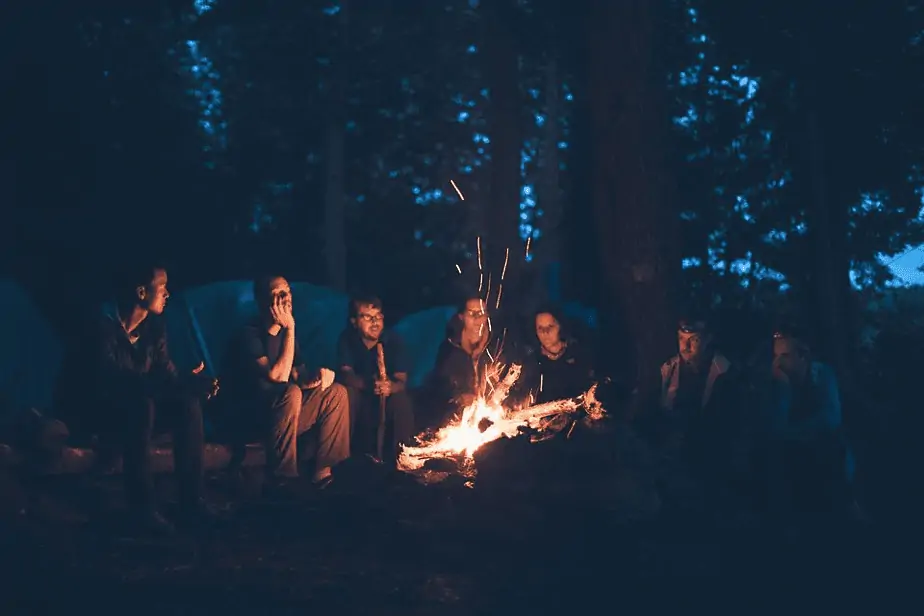
One of the most integral parts of building a fire is using the right tinder. So what accounts for good tinder?
From fungi to birch bark, here’s all you need to know about finding the right tinder for your campfires.
Let’s begin.
Natural Tinder
Here are a few natural materials that you can use to build your fire.
King Alfred’s Cakes
A black, coal-like fungus found on the bark of dead and rotting trees (especially ash), King Alfred’s Cakes are also known as cramp balls and coal fungus.
Cut open one of these and light the inside, blowing gently to help the fire spread. Once lit, this fungus can smolder for hours and be quite difficult to extinguish, so ensure that you aren’t setting up the space for any fire hazards with these.
Pine Needles
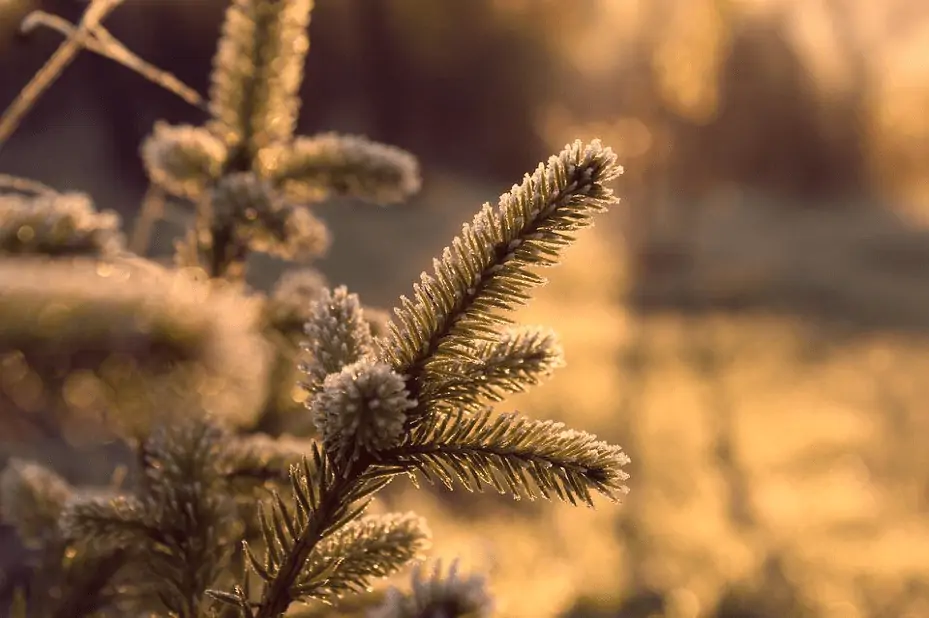
Dead pine needles make great tinder, containing resin that helps them burn unless they’re rotten or soaked. To make them catch fire faster, you can shred and split the needles.
You can use the needles alone as tinder or mix them with other materials like dried leaves and grasses. If you’re using the longer variety of pine needles, bundle them together and light them; loose needles will go out once the pitch runs out.
Tree Bark
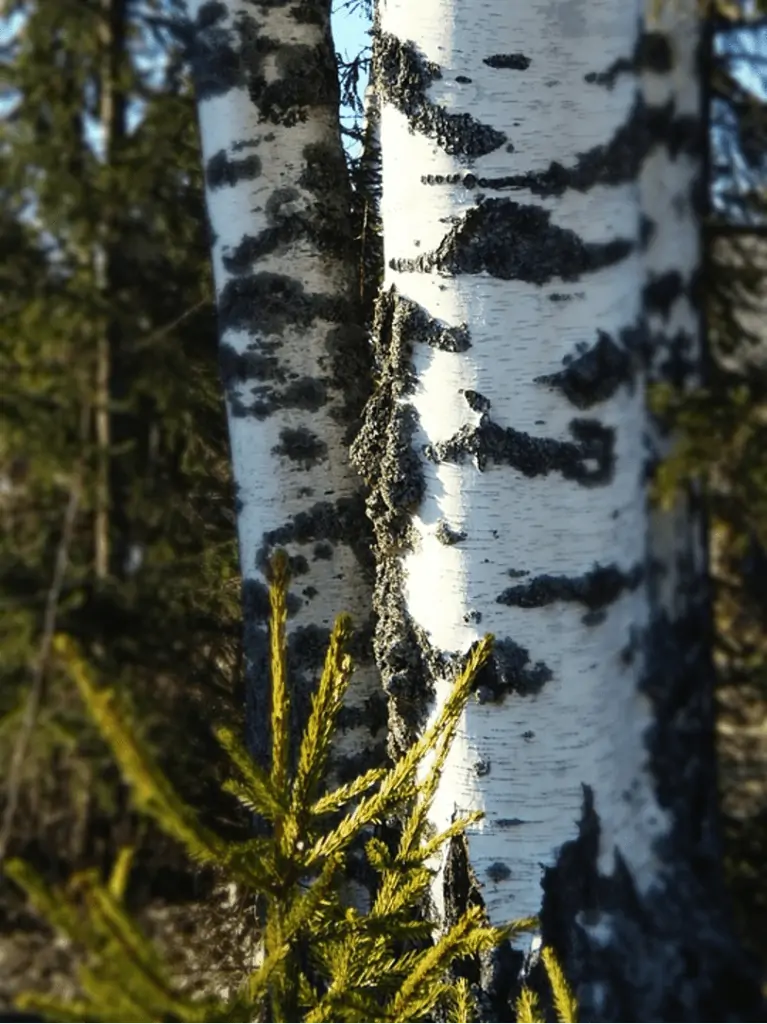
Both inner and outer tree bark are great tinder materials. The outer bark of trees such as silver birch, juniper, and cedar are fibrous, easy to collect, and especially great for open-flame fires.
Silver birch trees, especially, shed quite easily, their thin, light bodies packed with flame-friendly volatile oils, which will catch fire even when the bark is wet. A small handful of strips are sufficient to help your flame quickly roar up. However, don’t tear off the bark all the way around the girth, as that could harm the tree.
Similarly, the inner bark of trees, especially dry and dead plants and trees, are excellent tinder materials. Plants such as dogbane, fireweed, milkweed, and stinging nettle, and trees such as juniper, certain oaks, mulberry, cedar, and tulip poplar are great bets. In our recent trip to Joshua Tree, we used the inner fibers from nearby palm trees that worked really well.
You can simply tear, buff, scrape, pound, or twist these to fluff them up and use them to build the fire.
Wood Shavings
Fine shavings of wood from dry, dead soft, and hardwoods can serve as good tinder. If you’re in an especially wet area, your only source of dry tinder may be wood shavings, as these are from under the outer bark of still-standing dead trees and hence, protected from the wetness.
You can make your own wood shavings on-site using a sharp knife, find a dry branch and start whittling enough wood shavings as tinder.
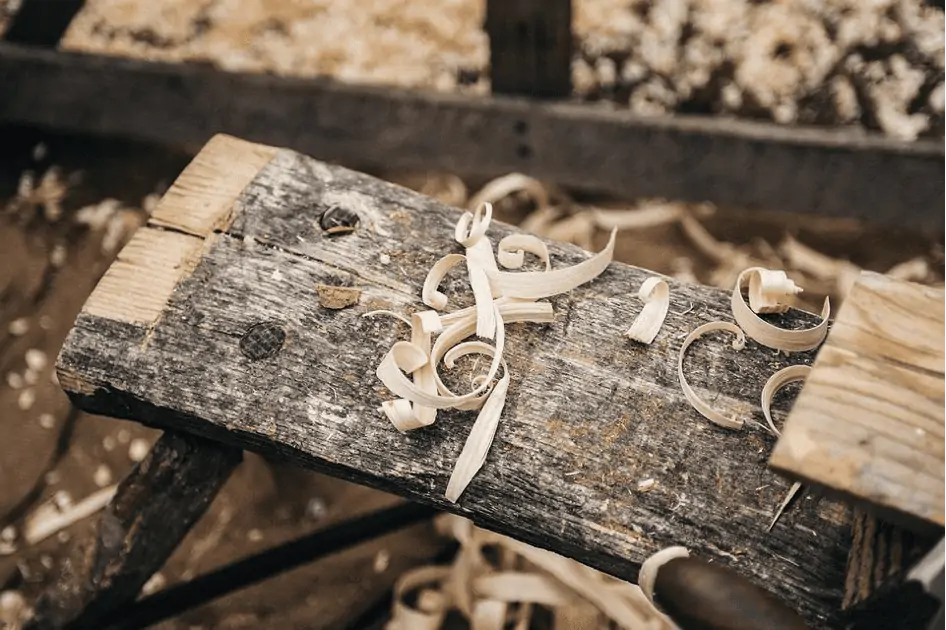
Amadou
The suede-ish, soft inner layer in many bracket fungi, amadou is great for tinder—if you can prep them, that is!
Unlike their fungus cousins on the list, amadou needs to be properly prepared to convert them into tinder. You need to cut away the outer layer, which is quite tough, to get to the amadou, dry it, pound it flat, and soak it in saltpeter to get it to catch fire.
Other Natural Tinder Options
There are plenty of other natural materials that you can use as tinder, such as dried leaves and grasses, cattail, pine straw, seed down, weed tops (these don’t even require processing; only the seed needs to be removed), reed mace, and kapok.
Non-Natural Tinder
The following synthetic materials are great as tinder.
Cotton Wool Balls
Cotton wool balls, soaked in paraffin or coated in petroleum jelly, can be handy when you need to start a fire. Carry them prepared from home in waterproof and airtight containers/packages so that the coating doesn’t rub off on other items in your luggage.
Metal
Metals such as magnesium, when used in combination with organic tinder such as bark, leaves, feathers, and pine needles, can give your flame quite the roar. You can buy magnesium blocks and use shavings from them for your fire.
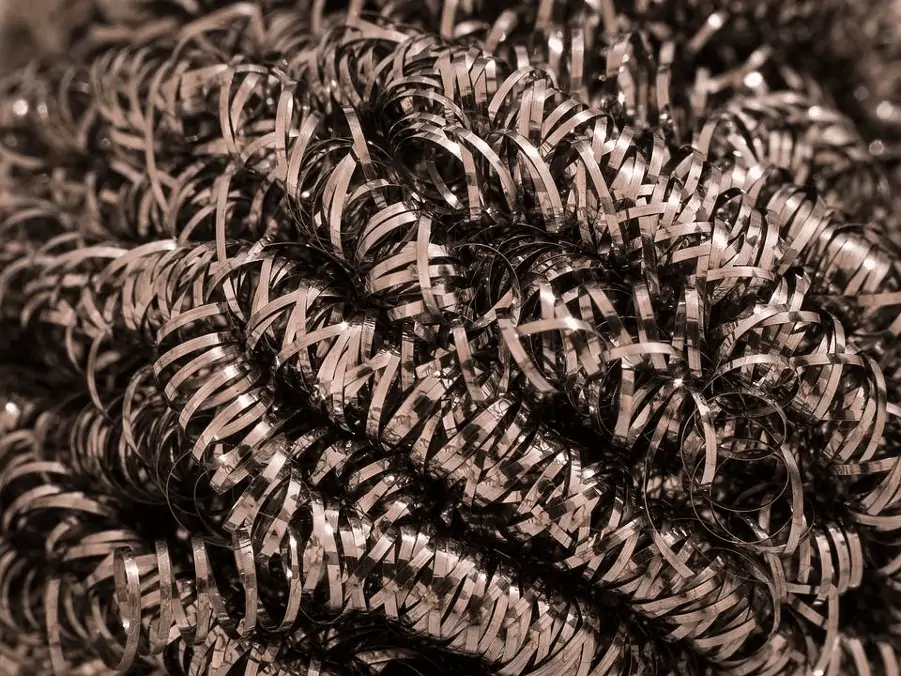
Steel wool—thin strands of carbon steel—are also great for combustion purposes. This material doesn’t even need much to ignite—even pressing the wool to battery terminals is sufficient for ignition.
Char Cloth
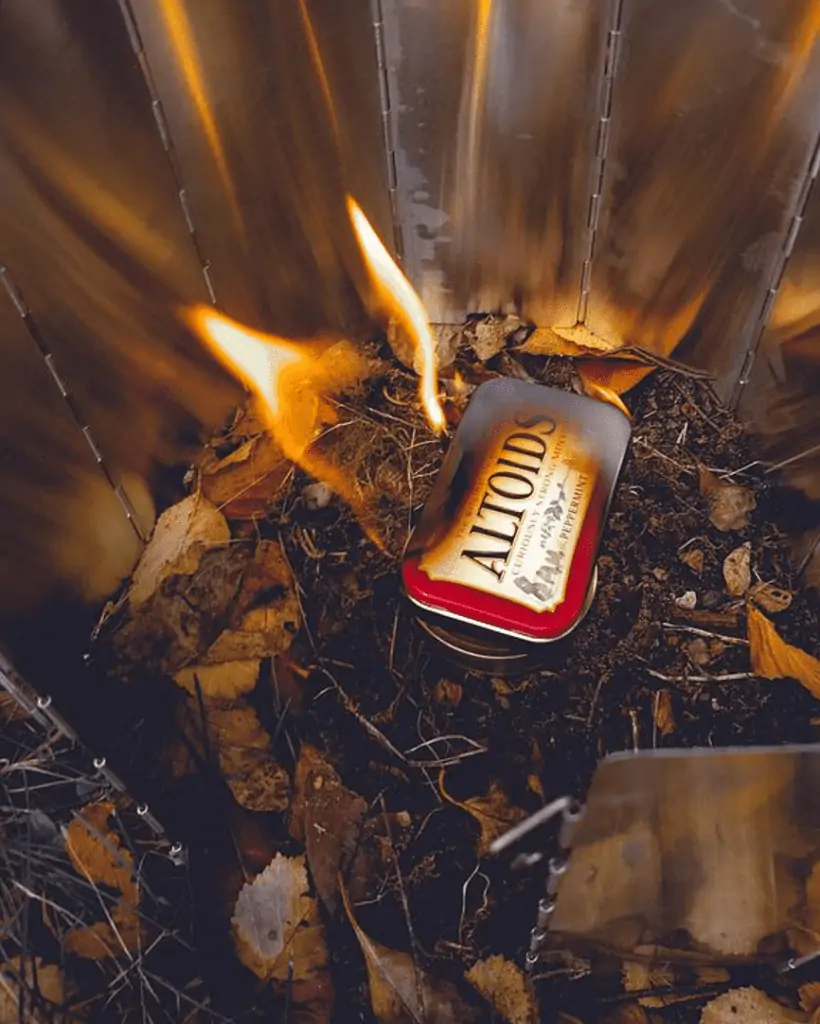
Generally cotton or linen, char cloth has been charred in the fire (hence the name) and can ignite even with a tiny spark. This characteristic makes the cloth the companion of choice for flint in most steel and flint kits.
Fuel Cubes
Solid fuel cubes are easily available and designed specially to act as tinder. These cubes are wrapped individually and made of a mix of highly flammable materials such as petroleum distillates, trioxane, paraffin wax, and hexamine.
The average cube will give you up to five minutes of burn time and if you don’t need it to burn that long, you can even put it off and save it to reuse. These cubes also have a great shelf-life, lasting anywhere between 5 and 20 years!
Other Non-Natural Tinder Options
There are also other tinder options available in the market, such as paracord, biofuels, and even paper and Doritos in severe emergencies!
Biofuels, especially, are a great option, with the two most popular being bagasse and fatwood.
Bagasse comes from leftover sugarcane and sorghum after the juices have been removed and combined with wax to form blocks of flammable tinder.
Fatwood is the dried, hardened resin that’s left over in dead or aged pine trees and is also known as rich pine or pine knot. You can also make fatwood at home or find them in natural settings.
Final Thoughts
If you’re ever stuck in the woods and need to build a fire, you now know where to look! There is an array of both natural and non-natural materials at your disposal, though some do work better than others.
This doesn’t mean that you can use any generic leaf or twig to start up a fire, though, as some can turn out to be toxic, such as poison sumac, poison ivy, black locust bark, and poison oak, to name a few. However, if all you’re looking for is the flame to catch on and flare up, any of these options will get the job done, provided they’re prepped as they should be.






